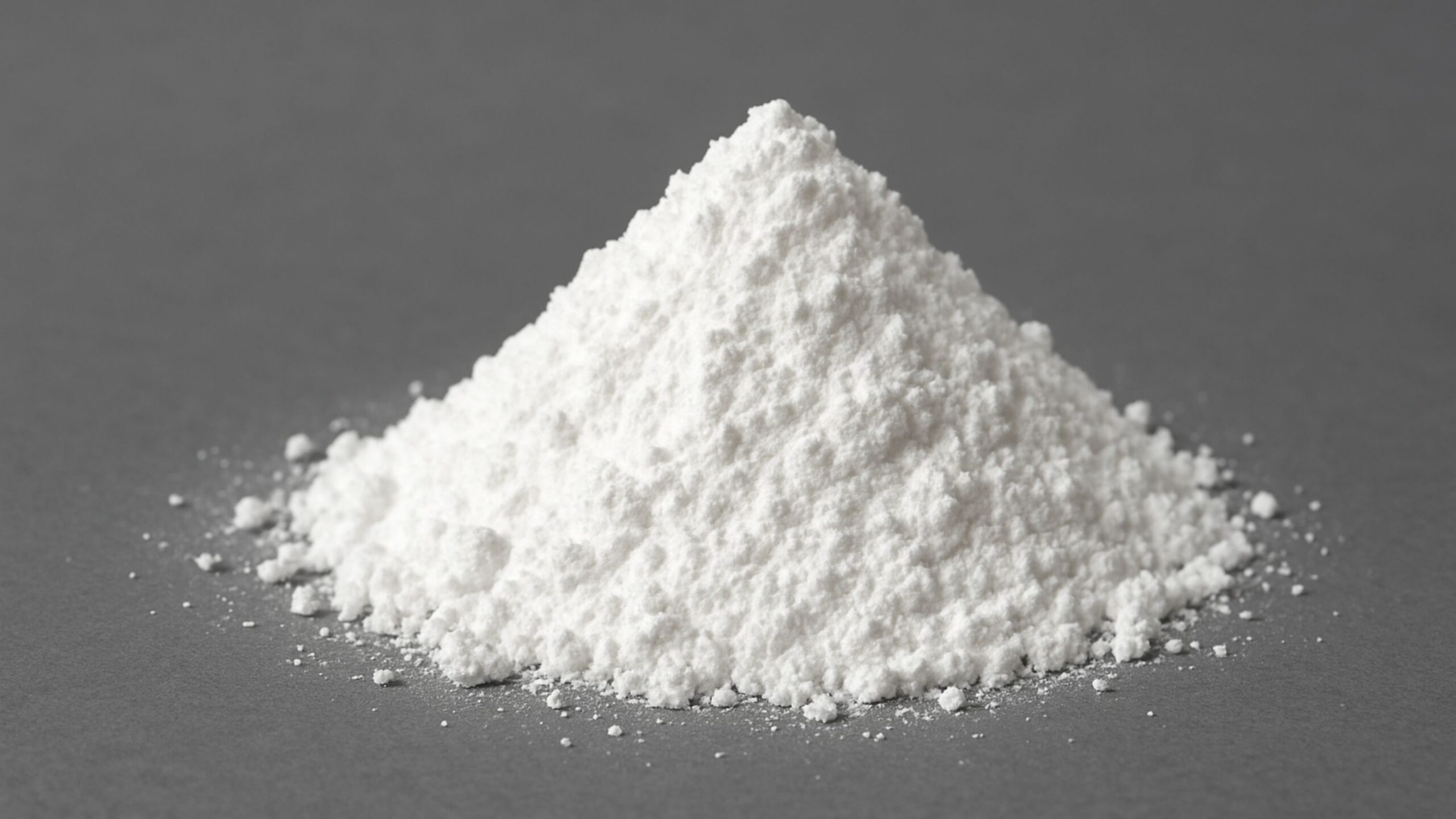In the realm of modern infrastructure and industrial coatings, glass beads have emerged as a crucial component—especially in the domain of road safety and reflective surfaces. These tiny, spherical particles may appear insignificant at first glance, but their reflective properties make them a life-saving tool on roads and highways around the world.
As governments and organizations continue to prioritize safety, the application of glass beads in traffic markings and other reflective materials has grown exponentially. In this article, we’ll explore the key uses of glass beads in road safety and reflective surfaces, the science behind their functionality, and why choosing the right manufacturer—like Sigma Minerals—makes a critical difference.
What Are Glass Beads?
Glass beads are spherical particles made from high-quality glass. Their shape and clarity allow them to reflect light when embedded into coatings, paints, and thermoplastics. These beads are produced in various sizes and specifications, depending on their end use. The most widely known use is in road markings, where they help drivers navigate roads in low-light or nighttime conditions.
The principle of retroreflectivity—the ability of a surface to return light back to its source—is what makes glass beads so valuable for road safety.
1. Road Marking and Lane Visibility
One of the primary applications of glass beads is in road marking paints and thermoplastic coatings. These beads are dropped or pre-mixed into the marking material during road line application. When headlights shine on the markings, the beads reflect the light back toward the driver, significantly enhancing visibility at night or in poor weather.
Key Benefits:
-
Improved Nighttime Visibility: Enhances the ability of drivers to see lanes and edges.
-
Safety in Harsh Conditions: Helps in rain, fog, and snow where normal markings may be hard to see.
-
Durability: When embedded properly, glass beads remain effective for long durations.
2. Airport Runway and Taxiway Markings
Airports demand high-visibility markings for the safe movement of aircraft on runways and taxiways. Glass beads are added to specialized paints used for these areas to offer maximum retroreflectivity. These markings guide pilots during landing, takeoff, and taxiing—especially at night or during low-visibility conditions.
Why It’s Important:
-
Assists pilots in maintaining course
-
Reduces risk of runway incursions
-
Meets international aviation safety regulations
3. Reflective Road Signs and Safety Devices
Apart from pavement markings, glass beads are also used in road signs, reflective tapes, and other safety devices. The beads are bonded to surfaces with adhesives or mixed with reflective films, providing a bright, clear signal that grabs attention.
Used In:
-
Stop signs, pedestrian crossings, and warning signs
-
Guardrails and road studs
-
Safety jackets and construction zone signage
The retroreflective quality ensures that these signs are visible even from a distance, helping reduce accidents on poorly lit roads.
4. Shot Blasting and Surface Finishing
While road safety is a primary area, glass beads are also used for surface treatment in automotive, aerospace, and metal industries. Shot blasting with glass beads smooths surfaces without damaging the underlying material. This process is vital in preparing road signage and reflective panels for coating or printing.
Advantages:
-
Non-corrosive and recyclable
-
Leaves a smooth, matte finish
-
Ideal for delicate or high-precision parts
Though not directly a road safety function, this industrial process plays a supporting role by ensuring reflective surfaces are optimally prepared.
5. Reflective Clothing and Safety Gear
In construction zones, warehouses, and roadside environments, reflective safety gear is essential. Glass beads are applied to fabrics and reflective films to make high-visibility vests, helmets, and jackets. These items protect workers by ensuring they remain visible under vehicle lights, even in pitch darkness.
Common Uses:
-
Road workers’ vests
-
Emergency responder gear
-
Industrial safety clothing
Why Quality Matters in Glass Beads
For any of these applications to perform effectively, the quality and uniformity of the glass beads are critical. Substandard or uneven beads can reduce reflectivity and durability. Factors such as refractive index, bead size, roundness, and coating type determine how well the beads perform under real-world conditions.
Choosing a manufacturer that adheres to international standards and quality control ensures long-term performance and safety.
Conclusion: Sigma Minerals – A Trusted Name in Glass Beads
As the demand for reliable, high-performance reflective materials grows globally, Sigma Minerals stands out as one of the leading manufacturers and exporters of glass beads in India. With strict quality control, modern manufacturing facilities, and an understanding of global safety standards, Sigma Minerals delivers glass beads that meet the highest industry benchmarks.
Whether you’re working on highway infrastructure, airport markings, or industrial reflective products, Sigma Minerals is the name you can trust for consistent quality, competitive pricing, and global export support.




